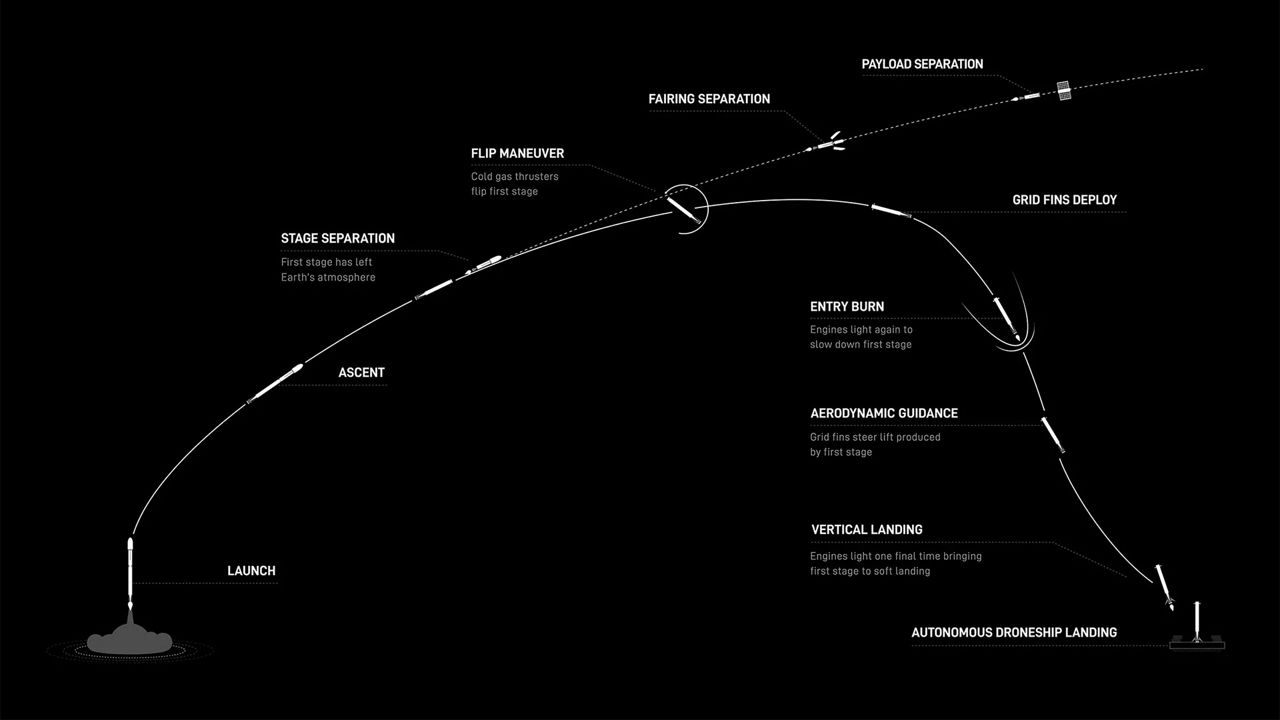KENNEDY SPACE CENTER, Fla. — The launch forecast looked good as SpaceX sent up an Australian communications company’s satellite on Sunday evening.
What You Need To Know
- Falcon 9 rocket took off from Launch Complex 39A at the Kennedy Space Center
The two-hour launch window for the TD7 Optus mission opened at 5:28 p.m. ET as the Falcon 9 rocket took off from Launch Complex 39A at the Kennedy Space Center, stated SpaceX.
Originally, the rocket was going up at 4:29 p.m. ET and then it was pushed to 4:48 p.m. ET. No reason was given for the push back.
The Falcon 9 rocket sent up the telecommunications satellite to a geosynchronous transfer orbit. Optus is a communications company that provides wireless, internet access and Optus Television to customers. The satellite was built by Northrop Grumman.
The 45th Weather Squadron gave about a 95% chance of good launch conditions with the only worry being the cumulus cloud rule.
Find out more about the weather criteria for a Falcon 9 launch.
If the launch was scrubbed, the next try would have been Monday at the same time.
Sweet 16
This will be the 16th mission for the first-stage booster, named B1077. This Falcon 9 rocket has sent up one crewed mission and a lot of satellites.
- Crew-5
- GPS III Space Vehicle 06
- Inmarsat I-6 F2
- CRS-28
- Intelsat G-37
- NG-20
- Starlink mission 5-10
- Starlink mission 6-13
- Starlink mission 6-25
- Starlink mission 6-33
- Starlink mission 6-43
- Starlink mission 6-51
- Starlink mission 6-63
- Starlink mission 10-4
- .Starlink 8-11
After the stage separation, the first-stage rocket landed on the droneship A Shortfall of Gravitas that is in the Atlantic Ocean.
Falcon 9’s first stage has landed on the A Shortfall of Gravitas droneship pic.twitter.com/6kkSy4y3mY
— SpaceX (@SpaceX) November 17, 2024




